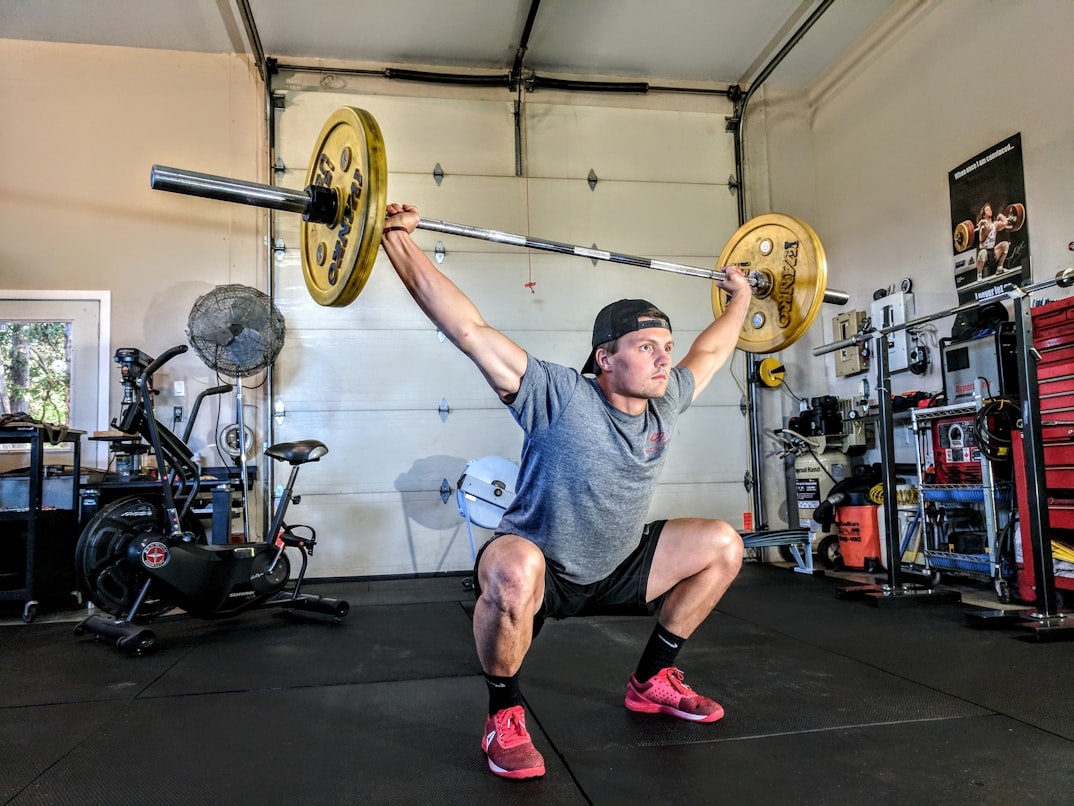Human Organs And Their Functionalities All You Need To Know-Part 3
Human Organs And Their Functionalities Part 3:
Uterus - The uterus is a pear-shaped organ located in the female pelvis. It is the site of pregnancy and provides a protective and nourishing environment for a developing fetus.
 |
| Human Organs And Their Functionalities |
Cervix - The cervix is the lower, narrow end of the uterus that opens into the vagina. During childbirth, the cervix dilates (widens) to allow the baby to pass through.
Vagina - The vagina is a muscular tube in the female reproductive system that connects the uterus to the outside of the body. It is the site of sexual intercourse and serves as a birth canal during childbirth.
Placenta - The placenta is an organ that develops during pregnancy and connects the developing fetus to the mother's blood supply. It allows the exchange of oxygen, nutrients, and waste products between the mother and fetus.
Umbilical Cord - The umbilical cord is a flexible, rope-like structure that connects the developing fetus to the placenta. It provides the fetus with oxygen and nutrients from the mother's blood.
Adipose Tissue - Adipose tissue, also known as body fat, is a type of connective tissue that stores energy in the form of fat. It helps to regulate body temperature, cushion internal organs, and provide a source of energy when needed.
Muscle Tissue - Muscle tissue is a type of tissue that is specialized for contraction. There are three types of muscle tissue in the body: skeletal, cardiac, and smooth muscle.
Nervous Tissue - Nervous tissue is a type of tissue that is specialized for transmitting electrical signals, or nerve impulses, throughout the body. It makes up the brain, spinal cord, and nerves.
Connective Tissue - Connective tissue is a type of tissue that provides support and structure to the body. It includes bones, cartilage, tendons, ligaments, and adipose tissue.
Blood - Blood is a type of body tissue that carries oxygen, nutrients, hormones, and waste products throughout the body. It also plays a crucial role in the immune system, helping to fight off infections and foreign invaders.
Bone Marrow - Bone marrow is the spongy tissue inside the bones that produces blood cells. There are two types of bone marrow: red and yellow. Red bone marrow is responsible for producing red blood cells, white blood cells, and platelets.
Spleen - The spleen is an organ located in the upper left side of the abdomen that helps to filter the blood and remove old or damaged red blood cells. It also stores red blood cells and releases them when needed.
Thymus - The thymus is a small, butterfly-shaped gland located in the chest, just behind the breastbone. It plays a key role in the immune system by producing and training T-cells, a type of white blood cell that helps to fight off infections and foreign invaders.
Lymph Nodes - Lymph nodes are small, bean-shaped structures located throughout the body that filter the lymphatic fluid and help to fight off infections and foreign invaders. They are an important part of the immune system.
Tonsils - The tonsils are two small masses of lymphatic tissue located in the back of the throat. They help to filter bacteria and viruses from the air we breathe and play a role in the immune system.
appendix - The appendix is a small, finger-shaped pouch located in the lower right side of the abdomen. Although its exact function is not well understood, it is believed to play a role in the immune system.
Pancreas - The pancreas is a large gland located in the upper abdomen, behind the stomach. It produces digestive enzymes that help to break down food in the small intestine, and it also produces hormones that regulate the levels of glucose in the blood.
Small Intestine - The small intestine is a long, narrow tube located in the upper abdomen that connects the stomach to the large intestine. It is the site where most of the digestion and absorption of food takes place.
Large Intestine - The large intestine is a wider, shorter tube located in the lower abdomen that connects the small intestine to the rectum. Its main function is to absorb water and electrolytes from the undigested food, forming solid waste that is eventually eliminated from the body.
Anus - The anus is the opening at the end of the digestive tract through which solid waste is expelled from the body. It is surrounded by muscles that control the elimination of waste, and it is also the site of the body's main excretory system for feces.
To Be Continued In Part 4!
FAQ:
Question1 : What are the 11 different organ systems and their function?
Ans: The 11 organ systems include the integumentary system, skeletal system, muscular system, lymphatic system, respiratory system, digestive system, nervous system, endocrine system, cardiovascular system, urinary system, and reproductive systems.
Question2 : What are the 4 main functions of the heart?
Ans: Its significant role is to pump blood throughout the body.
Enables transport of oxygen-rich blood to all components of the body.
Helps regulate adequate blood pressure throughout the body.
Transfers nutrients to cells, tissues, and all parts of the body.
Question3: What are the 3 most important organs?
Ans : Heart: located in the center of the chest, and its function is to keep blood flowing through the body.
Brain: located in the head and functions as the body's control center.
Kidney: The two kidneys are located in the back of the abdomen on either side of the body.
